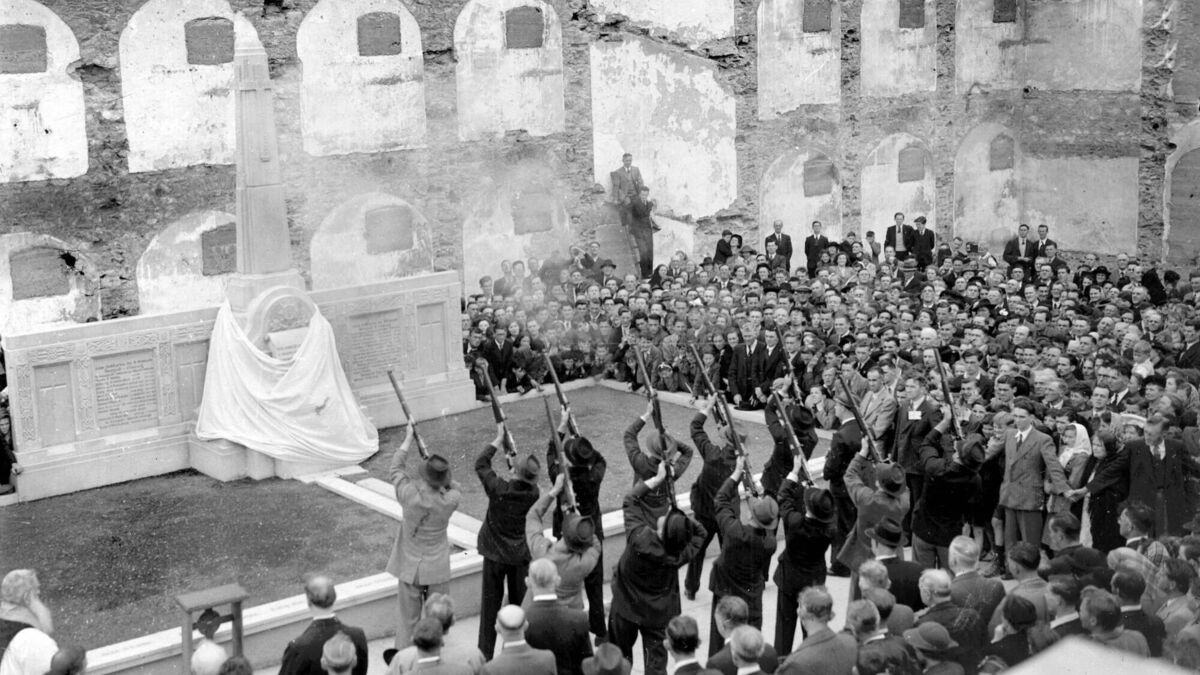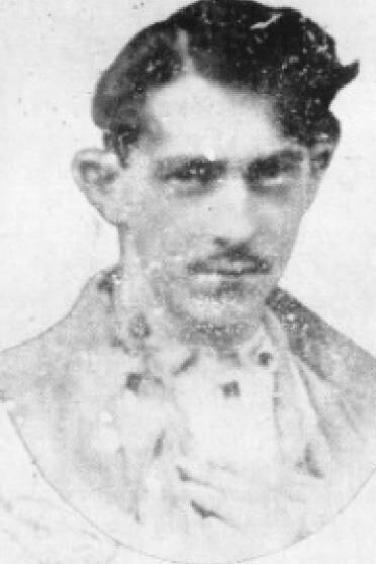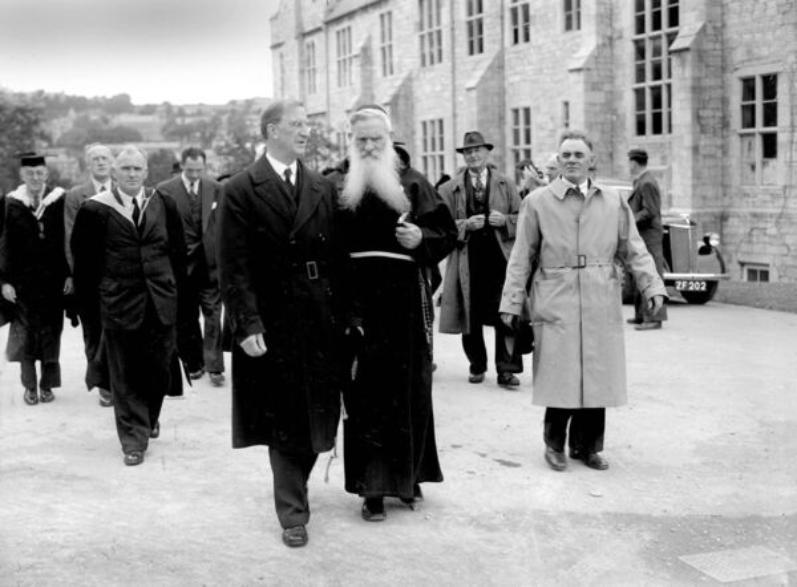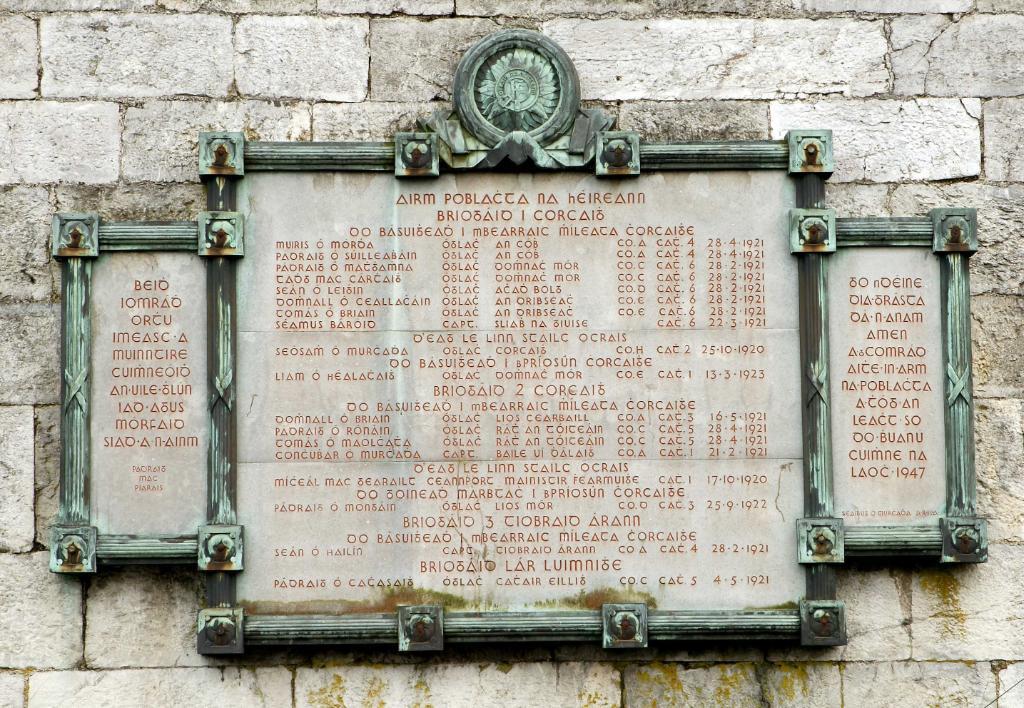In This Section
- Home
- Collections
- Atlas Resources for Schools
- Cork Fatality Register
- Mapping the Irish Revolution
- Mapping IRA Companies, July 1921-July 1922
- Mapping the Burning of Cork, 11-12 December 1920
- Martial Law, December 1920
- The IRA at War
- The Railway Workers’ Munitions Strike of 1920
- The Victory of Sinn Féin: The 1920 Local Elections
- The War of Words: Propaganda and Moral Force
- The IRA Offensive against the RIC, 1920
- De Valera’s American Tour, 1919-1920
- The British Reprisal Strategy and its Impact
- Cumann na mBan and the War of Independence
- The War Escalates, November 1920
- The War of Independence in Cork and Kerry
- The Story of 1916
- A 1916 Diary
- January 9-15 1916
- January 10-16, 1916
- January 17-23, 1916
- January 24-30, 1916
- February 1-6 1916
- February 7-14, 1916
- February 15-21, 1916
- February 22-27, 1916
- February 28-March 3, 1916
- March 6-13,1916
- March 14-20, 1916
- March 21-27 1916
- April 3-9, 1916
- April 10-16, 1916
- April 17-21,1916
- May 22-28 1916
- May 29-June 4 1916
- June 12-18 1916
- June 19-25 1916
- June 26-July 2 1916
- July 3-9 1916
- July 11-16 1916
- July 17-22 1916
- July 24-30 1916
- July 31- August 7,1916
- August 7-13 1916
- August 15-21 1916
- August 22-29 1916
- August 29-September 5 1916
- September 5-11, 1916
- September 12-18, 1916
- September 19-25, 1916
- September 26-October 2, 1916
- October 3-9, 1916
- October 10-16, 1916
- October 17-23, 1916
- October 24-31, 1916
- November 1-16, 1916
- November 7-13, 1916
- November 14-20, 1916
- November 21-27-1916
- November 28-December 4, 1916
- December 5-11, 1916
- December 12-19, 1916
- December 19-25, 1916
- December 26-January 3, 1916
- Cork's Historic Newspapers
- Feature Articles
- News and Events
- UCC's Civil War Centenary Programme
- Irish Civil War National Conference 15-18 June 2022
- Irish Civil War Fatalities Project
- Research Findings
- Explore the Fatalities Map
- Civil War Fatalities in Dublin
- Civil War Fatalities in Limerick
- Civil War Fatalities in Kerry
- Civil War Fatalities in Clare
- Civil War Fatalities in Cork
- Civil War Fatalities in the Northern Ireland
- Civil War Fatalities in Sligo
- Civil War Fatalities in Donegal
- Civil War Fatalities in Wexford
- Civil War Fatalities in Mayo
- Civil War Fatalities in Tipperary
- Military Archives National Army Fatalities Roll, 1922 – 1923
- Fatalities Index
- About the Project (home)
- The Irish Revolution (Main site)
Mass IRA grave: A Compelling part of UCC's Architectural Heritage

The unveiling of the memorial at a grave of 13 IRA members executed by the British was an important day for University College Cork, writes Margaret Lantry

The first prisoner executed was IRA Captain Cornelius Murphy (aged 30), of the Rathduane Company, Millstreet Battalion, Cork No. 2 Brigade. He was shot by British firing squad on February 1, 1921. On February 28, six IRA Volunteers were executed, five of whom had been captured in an abortive ambush at Dripsey by the 6th Battalion, Cork No. 1 Brigade. They were Volunteers Patrick O’Mahony Jr (aged 30) of Berrings, Inishcarra; Timothy McCarthy (aged 21), Fornaught, Donoughmore; John Lyons (aged 27), Aghabulloge; Thomas O’Brien (aged 20), Model Village, Dripsey; and Daniel O’Callaghan (aged 22), Dripsey.
Memorial Plans

After the successful fundraising drive and construction, the unveiling of the memorial and the plaque took place on Sunday, July 11, 1948. A procession with five bands left the Grand Parade at 2pm, arriving at UCC by 4pm when Éamon de Valéra TD (he was no longer Taoiseach) unveiled the memorial plaque on the gaol wall. He then entered the UCC grounds, where he was met by university president, Dr Alfred O’Rahilly, and the registrar, Professor Henry St J. Atkins. The monument was blessed by the Rev. Fr Augustine Hayden OFM Cap. Like other Capuchins, Fr Augustine was closely associated with the republican movement, having ministered to Padraic Pearse and James Connolly after the Easter Rising and officiated Terence and Muriel MacSwiney’s wedding in 1917.
A detail of the memorial in UCC [Source: Margaret Lantry]
In 1992, three stones were laid on the grass with the names, in English, of those buried in this plot, with place of origin, along with a text: “Here lie the mortal remains of 13 Volunteers of the Irish Republican Army executed by British firing squads in the Cork Military Barracks in 1921 and buried here in what was then a part of the exercise yard of the former Cork County Jail.” The centre stone has a quotation from Padraic Pearse (this is also on the memorial plaque on the gaol wall): “Beidh iomrádh ortha i measc a muinntire cuimhneochaidh an uile ghlún iad agus mórfaid said a n-ainm Pádraig Mac Piarais”. The names of the 13 buried here were inscribed again on the flat stones of the surrounding kerb.
- Margaret Lantry is acting university curator, Heritage Services, Buildings & Estates, UCC -
First Published in the Irish Examiner, 28 March 2021

